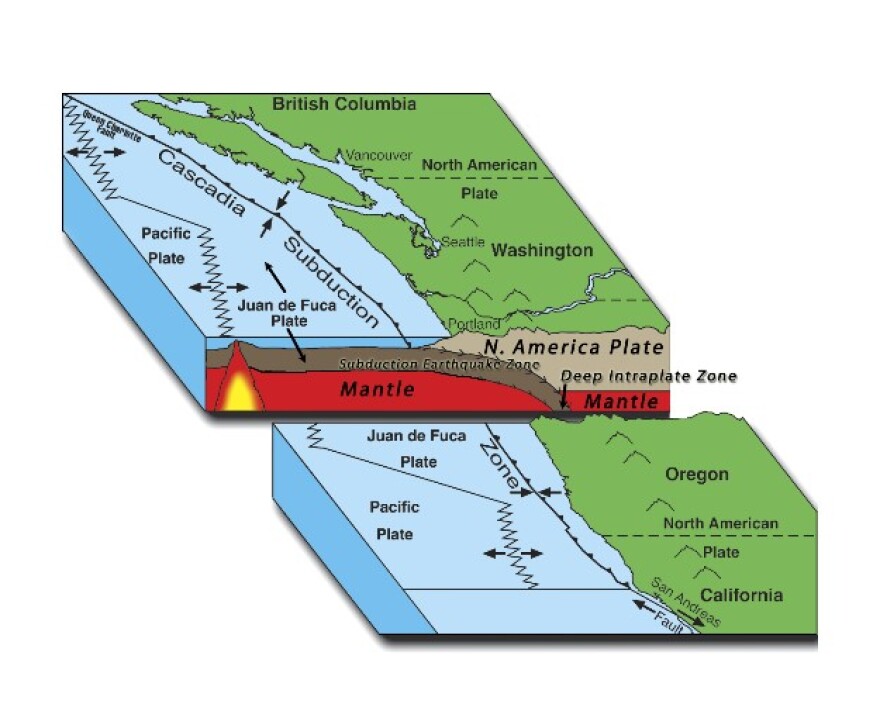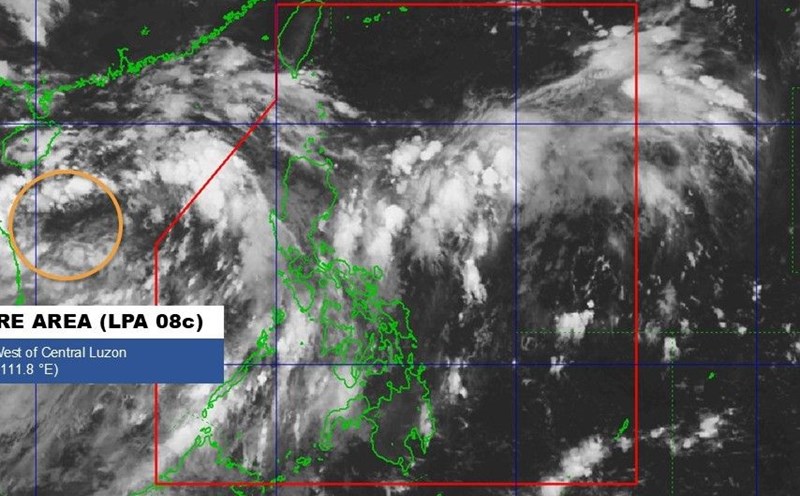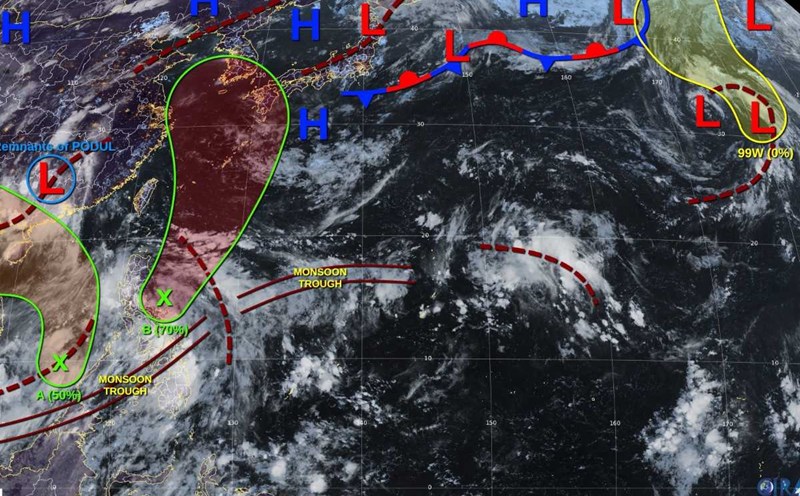This is no longer a science fiction scenario, but an existing risk with a probability of 15% within the next 50 years, according to the latest study by the geology team at the University of Virginia (USA) led by Dr. Tina Dura.
The Cascadia subduction zone extends nearly 1,000km from Northern California (USA) to Vancouver Island (Canada), where the Juan de Fuca ocean floor is pressured under the North American plate. This overlapping process creates a huge amount of tension accumulated over many centuries.
Once released, it can cause an earthquake of over 8 degrees richter, causing coastal subsidence, changing the coastline in a flash. History has seen in the late 1700, an earthquake in Cascadia created a Tsunami that swept across the Pacific Ocean to Japan.
If that scenario continues in modern times, the level of devastation will be terrible due to the dense concentration of population, modern infrastructure and vital traffic routes running along the coast.
Calculative models show that before the disaster, the sea level could drop to nearly 2m, and then waves up to 300m high would make landfall. Seattle, Portland and many towns in Northern California could turn into water in just a few minutes.
According to the researchers, more than 170,000 jobs are at risk of being flattened, more than 30,000 people may lose their lives, and economic losses are estimated to exceed 81 billion USD.

Dr. Tina Dura warned that this is not a slow disaster; it comes suddenly, draining away all evacuation opportunities if people and authorities are not prepared in advance.
Worryingly, current risk maps have underestimated the scale of the danger. Many residential areas, towns and infrastructure are said to be outside flooded areas, and can still be swallowed by songids.
This raises an urgent need for reconstruction of evacuation maps, upgrading early warning systems and reinforcing coastal works to minimize casualties when the worst case scenario occurs.
According to the study team's analysis, the most vulnerable areas are Northern Oregon, South Washington and Northern California. Alaska and Hawaii are also in the warning area, but the danger level is said to be less urgent due to geographical distance. However, any subjectivity can cost a lot.
If the Cascadia super earthquake does indeed occur, the United States will face one of the largest natural disasters in modern history, which could be on par with or even far surpass the 2004 Indian Ocean Tsunami.
Scientists emphasize that every minute of delay in preparing evacuation plans and strengthening response capabilities could mean tens of thousands of lives swept away by the sea.












